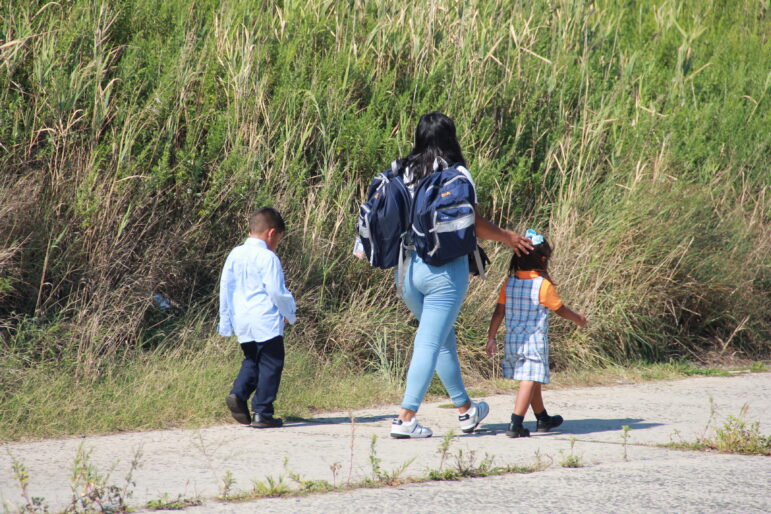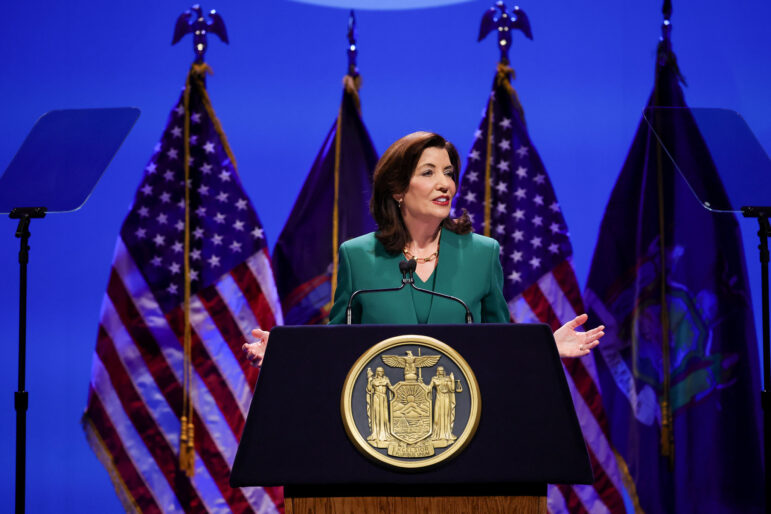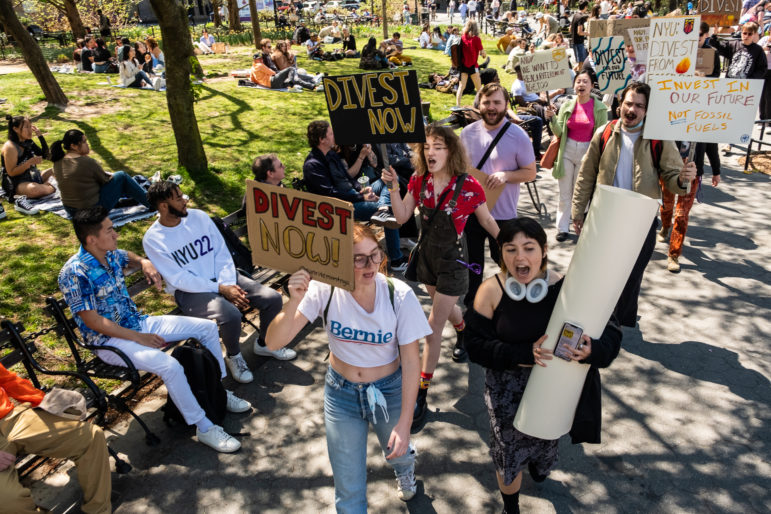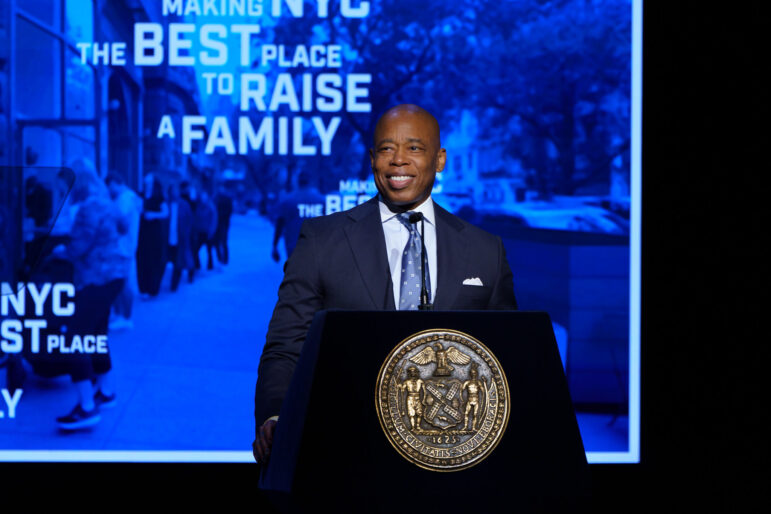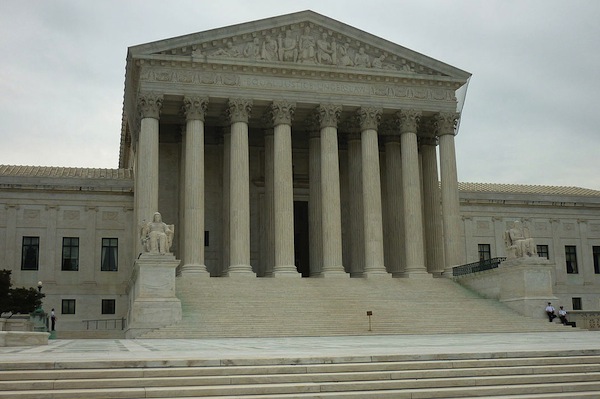
Photo by: Morriswa
Often times it is a brave New Yorker that journeys to a dangerous part of the country to spread our views of freedom and individual rights to people oppressed by a society determined to prevent any changes to the system of inequality and injustice. Indeed, it was two young white New Yorkers, Michael Schwerner, 24, and Andrew Goodman, 20, who gave their lives so that African Americans in the South could register to vote. The murder of these two courageous New Yorkers sparked outrage among the American public and spurred the signing of the Voting Rights Act of 1965.
On February 27th, the U.S. Supreme Court will hear arguments in Shelby County v. Holder, a challenge by an Alabama county to Section 5 of the Voting Rights Act (VRA). Shelby County’s challenge seeks to invalidate the law not only in Alabama, but everywhere Section 5 applies, including nine full states, and jurisdictions in seven partially-covered states, including Manhattan, Brooklyn, and the Bronx in New York.
Many people are surprised to discover that three counties in New York City are covered, but unfortunately, these counties employed tests or devices that discriminated against racial and language minorities and are therefore covered jurisdictions. Both sides of the current debate on Section 5 of the Voting Rights Act have focused largely on its continuing need in Southern states, and ignored its crucial role in preventing the dilution of minority voter strength in New York City. When the Voting Rights Act was reauthorized in 2006, a bipartisan group of 29 members of New York’s congressional delegation like Senator Chuck Schumer (D) and Peter King (R) voted to uphold the law.
If the Supreme Court were to strike down Section 5, a vital tool to protect New York voters from the real and continuing threat of discrimination would be abandoned.
Section 5, or the “preclearance provision,” is the heart of the VRA. It is intended to stop voter discrimination before it occurs. Under Section 5, states and counties with a history of racial discrimination must have the U.S. Department of Justice (DOJ) or the Washington DC district court review any changes to voting rules and practices to ensure the proposed changes do not reduce the ability of minority voters to participate in the electoral franchise.
New York City will not be covered forever. Section 5 of the VRA is equipped with a “bailout” provision which allows for covered jurisdictions to “bailout” from coverage if they can demonstrate that they have not engaged in discriminatory conduct for 10 years. Every jurisdiction that has ever applied for a bailout has been granted one.
Without even considering incidents concerning blacks or Latinos, New York City has sought to implement voting changes that would have diminished the ability of Asian-Americans to equally participate in the electoral franchise.
Nationally, the DOJ used Section 5 to reject more than 1,000 proposed discriminatory voting changes between 1982 and 2006. In addition, hundreds of voting changes were withdrawn by covered jurisdictions after just a request for more information. These examples are not limited to Southern states. They include New York City, where Section 5 of the Voting Rights Act continues to play a vital role.
New York needs Section 5 of the Voting Rights Act more than ever. Section 5 is not outdated, and the bailout provision ensures that jurisdictions that have outgrown this burdensome coverage will not be covered forever. The necessary protections it provides in New York City should not be ignored.



